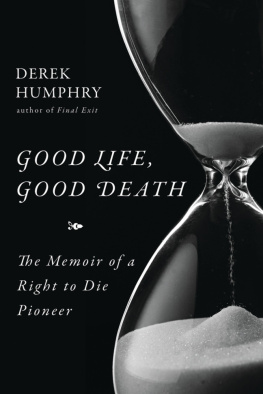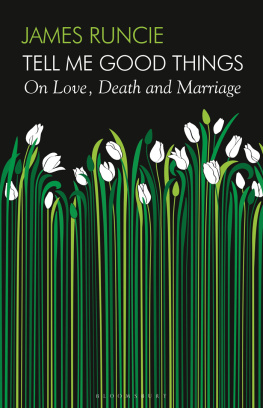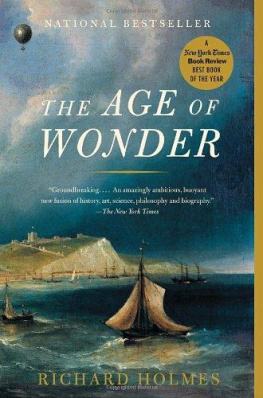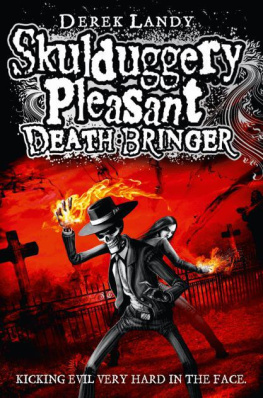Copyright 2017 by Derek Humphry
All rights reserved. No part of this book may be reproduced in any manner without the express written consent of the publisher, except in the case of brief excerpts in critical reviews or articles. All inquiries should be addressed to Carrel Books, 307 West 36th Street, 11th Floor, New York, NY 10018.
Carrel Books may be purchased in bulk at special discounts for sales promotion, corporate gifts, fund-raising, or educational purposes. Special editions can also be created to specifications. For details, contact the Special Sales Department, Carrel Books, 307 West 36th Street, 11th Floor, New York, NY 10018, or .
Carrel Books is a registered trademark of Skyhorse Publishing, Inc., a Delaware corporation.
Visit our website at www.carrelbooks.com.
10 9 8 7 6 5 4 3 2 1
Library of Congress Cataloging-in-Publication Data is available on file.
Cover design by Rain Saukas
Cover photo credit: iStock
Print ISBN: 978-1-63144-066-3
Ebook ISBN: 978-1-63144-067-0
Printed in the United States of America
PRAISE FOR DEREK HUMPHRY
Derek Humphry is widely acknowledged to be the initiator of the euthanasia reform movement in the United States.
Dying Right: The Death with Dignity Movement by Daniel Hillyard and John Dombrink
If reporters could be cloned, I would clone Derek Humphry.
Farewell to Humphry address by Harold Evans, editor of the London Sunday Times (June 30, 1978)
Final Exit is among the 25 most significant books published in the past quarter century.
USA Today (April 2007)
To Gretchen:
My rock
CONTENTS
FOREWORD
D URING THE EARLY 1980 S , after a university lecture on death and dying, a student brought me a newspaper clipping. It described a new organization that had been launched to focus on the right of terminally ill individuals to end their lives in a planned manner.
At the time I read the news clipping, the medical ethics community referred to the right to die almost solely as to the right of patients to craft living willslegal documents in which one could specify in advance their desire to forego or remove unwanted life-sustaining measures.
This right was championed by the parents of twenty-one-year-old Karen Ann Quinlan. In April of 1975, Karen Ann suffered irreversible brain damage after mixing alcohol and valium at a party. They filed lawsuits to allow them to remove the ventilator they believed was keeping her alive. The next year, the New Jersey Supreme Court ruled on their behalf, citing that the right to privacy should encompass their request on Karens behalf. Soon one state after another enacted legislation providing for such advance directives.
A month before Karen Ann Quinlan attended that fateful party, a husband and wife in Wiltshire, England, were facing a different type of decision. Jean Humphry was nearing the end of her long battle against metastasized breast cancer. Nine months earlier Jeans husband, Derek, had found a physician who agreed that Jean should have insurance should worse come to worse. The physician provided Derek with a lethal dose of medications that Jean could eventually use, if necessary, to end her life.
With the drugs in hand, Jean and Derek made a pact that she could take her life if the final weeks of suffering became unbearable, and if Derek agreed. Some nine months later, when the day finally arrived, Jean asked for the drugs, Derek mixed the medication in coffee, and gave it to her. She drank the mixture, and died within the hour.
Like many assisted deaths before and after, this one remained a secret. In 1978, however, Dereka journalist for the London Sunday Times and award-winning authorpublished a book, Jeans Way: A Love Story , in which he described their life together and the course of her illness. He then detailed the factual circumstances of her death.
Jeans Way began a new right to die movement. The book became popular, first in England, then in Australia, and finally in the United States. In the media it garnered both intense criticism and support, and expanded the dialogue about assisted dying. As Derek describes in the following pages, it took him on a worldwide lecture tour, and in meeting or being contacted by countless people who confessed they had helped a loved one die or that they would want such help if it became necessary, the book set the stage for both a self-help movement and a call to legalize assisted dyingvoluntary euthanasia and assisted suicideas a choice for competent adults at the end of life.
At the time, no information was available on how one could end their life humanely or what medications they should use. With every new letter or plea for help Derek received, it became apparent to him that he could do something more, and after much thought he made the decision to create the Hemlock Society. The intention was not to encourage the terminally ill to end their lives but to educate them about the most humane ways to do so, and to promote public tolerance toward those who felt the need to make such a profound personal decision. In the long term, Hemlock also would fight to reform the laws to allow assisted death for the terminally ill. Organizational membership grew.
From the start, Derek promised that those who joined Hemlock would be given the information they could use if necessary. A new book, consisting of personal stories, would provide such. After expensive and time-consuming research, Let Me Die Before I Wake was made available, first to members and then the public.
Little did I know at the time, I would be strongly influenced by Dereks emphasis on research and requests for personal stories, which became the model I used much later to craft one of my own books.
A few years after that, I first read about the Hemlock Society; my sister was nearing the end of her own struggle with multiple sclerosis. As she was unable to communicate in any way other than a twitch of a finger or occasional tears, I never knew if she wanted to live or die. But sitting by her bedside, I finally understood why someone might want such a choice, and I also realized the anguish family members or friends face when thinking about helping another to die. These thoughts stayed with me.
After she died from pneumonia, and my father died by withholding the medications he needed to live, I finally read Let Me Die and learned more about the Hemlock Society. I finally left the university and relocated nearby to the San Francisco Bay Area. My goal was to follow my passion to lecture and run workshops and facilitate support groups on various end-of-life issues.
At the time, the AIDS epidemic was skyrocketing in San Francisco. Death had become far too common, and the city had become a human slaughterhouse. The gaunt faces of those who would soon be dead could be seen on every street corner in the Castro.
One day, a workshop attendee invited me to the grand opening of an AIDS daycare facility run by a friend of hers. The director was also the president of the San Francisco chapter of Hemlock. She asked about my work and then asked me if Id like to facilitate a support group for Hemlock Society members, most of whom were dying from AIDS. I agreed.
A few months later, two of my Hemlock support group members asked me to join them at a presentation by Derek Humphry and Ron Adkins. Mr. Adkins was the widowed husband of Janet Adkins, the first person to use Dr. Jack Kevorkians suicide machine. Derek described the need for new laws, and how San Franciscothe epicenter of the AIDS epidemicshowed the obvious need for such change. And Mr. Adkins described how his wife, Janet, died on a cot in the back of Dr. Kevorkians Volkswagen van. When asked why this couldnt be carried out in a more dignified location, he quickly responded by saying that society had placed Janet in that van.















